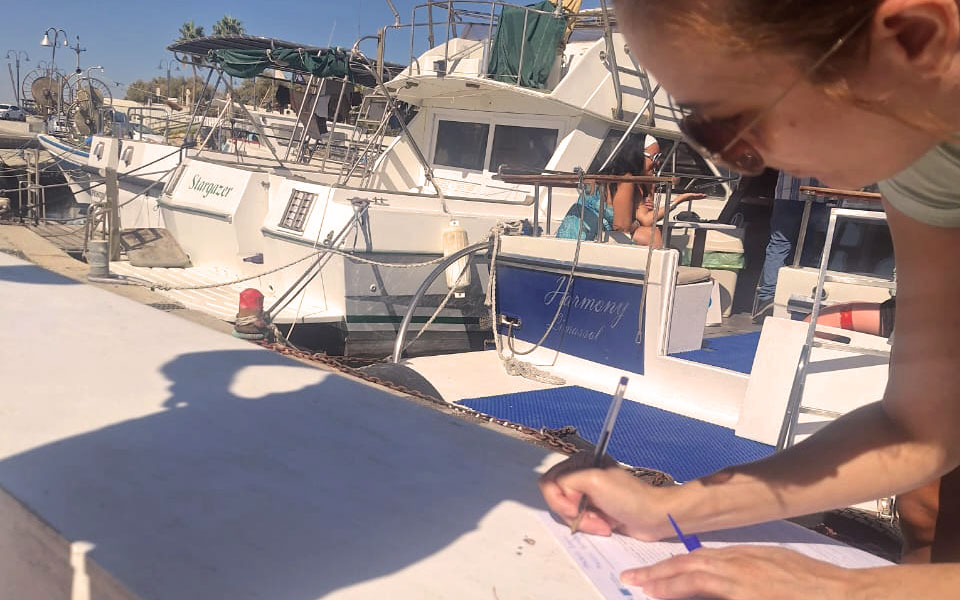APMarine is proud to announce the implementation of a vulnerability assessment in the Cavo Greco Marine Protected Area (MPA), carried out with the support of UVIGO and in collaboration with our partners from the Portofino and Brijuni MPAs, as part of the MPA4Change project.
Climate vulnerability assessment in Cavo Greco MPA
APMarine, in collaboration with UVIGO and partners from Portofino and Brijuni MPAs, has implemented a climate vulnerability assessment in Cavo Greco as part of the MPA4Change project. Between May and December 2024, the team applied a toolkit developed under the MPA-Engage project to evaluate ecological and socio-ecological risks, identify vulnerable species and habitats, and guide future adaptation plans.
In Cavo Greco MPA, the implementation involved extensive data collection, analysis, and engagement with local stakeholders.
The vulnerability assessment toolkit, originally developed by UVIGO in the context of theMPA-Engage project, has since been refined and applied within MPA4Change to support climate change adaptation in MPAs.
This assessment serves as a practical tool to evaluate the risks and performance of MPAs in addressing climate change impacts and to inform the design of effective adaptation plans
Key objectives and focus areas of the assessment
The specific objectives of the assessment include:
- Understanding ecological and socio-ecological vulnerability under different future scenarios.
- Identifying species at risk and the most vulnerable habitats.
- Recognizing user groups most affected within the MPA.
- Highlighting key vulnerability factors to guide future improvements.
The assessment focuses on four groups of species – endangered, fished, flagship, and invasive species< – and examines future hazards such as projected increases in maximum Sea Surface Temperature (SST99) and Marine Heatwave (MHW) intensity for 2050 and 2100, under low, medium, and high emissions scenarios.
Contributing to climate resilience and knowledge sharing
This initiative not only strengthens climate resilience in the Cavo Greco MPA but also serves as a valuable resource forawareness-raising and dissemination, supporting the broader goals of the MPA4Change project.



